Our previous post in the screenwriting series ‘How Do You Plot Character-Driven Stories?’ concluded the plot points that make up Act I. Today we’re moving on to Act II; the real meat of the story, so to speak. As always, Heidi Fuhr, is guiding us through the mechanics of engaging script writing, using the pilot episode of Breaking Bad as an example. Follow the series here and be sure to read the introduction.
In the last article, we looked at the call to action. The protagonist has chosen a means by which to meet his end, or his external desire. Now the “journey” starts (as usual, don’t take these terms too literally; a journey, in this sense, can happen without even leaving the room). The term Fun and Games was coined by screenwriting theorist Blake Snyder as part of his “Beat Sheet” system of plotting from the book Save the Cat.
While some of the plot points we’re discussing in this series are usually single moments – like the inciting incident and the call to action – others refer to whole chunks of the story, like stasis. Fun and Games is the latter. Often, it’s the longest part of the story. It could also be called “training” or “acclimating.” This is where the protagonist learns the rules of the journey, which is often entirely different from his normal life.
As an example, think of The Matrix: Neo’s call to action is choosing between the red pill and the blue pill. The moment he takes that blue pill, he’s opened the door to Act II, and he’s begun his journey. That’s when the fun and games begins. Morpheus (a classic example of the mystical guide, which we’ll talk about later) teaches him the rules of the new world. In this case, even the laws of physics have changed. Neo fumbles at first, but he gradually acclimates to the new world through practice, trial, and error.
Fun and games often includes a montage. Filmmakers Matt Stone and Trey Parker describe the purpose of a montage in a rather entertaining way in their film Team America: World Police. Check out the clip below. A montage is a quick way to show the protagonist learning how the journey world works, often through training or practice. Another rather cliché montage type, often seen in romantic comedies, is the makeover or shopping montage.
Fun and Games in Breaking Bad
Walt and Jesse have chosen to partner up and cook some meth. The Fun and Games starts when Walt raids his chemistry classroom’s supply closet and brings his specialized equipment to Jesse’s house. There’s a lot of character stuff going on here. When Walt shows the beakers and flasks to Jesse, we get a good idea of some of the credits and debits of both characters (both of whom, at this point, can be viewed as protagonists at certain moments in the story). Walt’s scientific expertise, and Jesse’s lack thereof, are highlighted by Jesse’s ignorance of the proper use of the equipment and Walt’s subsequent lecturing. Walt doesn’t just have expertise, though, he also has passion for chemistry, which is evident by the reverent way he handles and describes the most expensive flask.
One of the most enigmatic and subtly comical scenes in the whole episode happens in the Fun and Games part. It’s also character-driven; when Walt sends Jesse to buy the RV that will become their lab, Jesse questions his motives for suddenly wanting to break bad. Walt’s response, “I am awake,” gives us a hint into Walt’s internal desire. His external desire is obvious: He wants to provide for his family after he dies. But it’s the internal desire, to be a man, to assert power and potency, to stop being a victim, that really drives him.
The most memorable scene is when Walt is shopping with his wife and crippled son. When Walter Jr. is trying on jeans, some nasty teenage boys mock him and his disability. Skyler prompts Walt Jr. to ignore the boys, but to her surprise, Walt confronts them. Completely out-of-stasis-character, he beats them up and chases them off. This is part of the “training.” He’s acclimating to the role he’ll need to play on his journey.
In the next article, the Fun and Games are over. We’ll see what happens when Jesse tries to sell the meth and the stakes are raised in Part V: The Midpoint Pinch.
Clips from Youtube. All rights by Paramount Pictures and AMC, respectively.

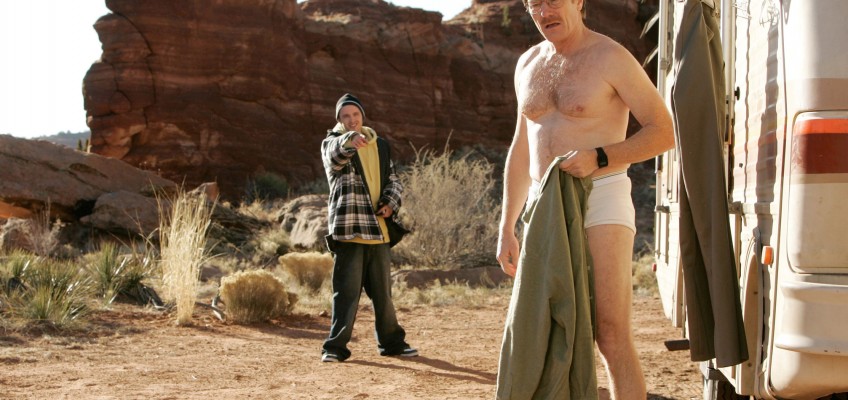
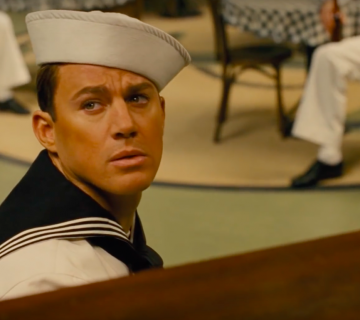
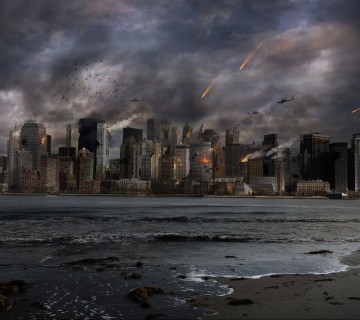
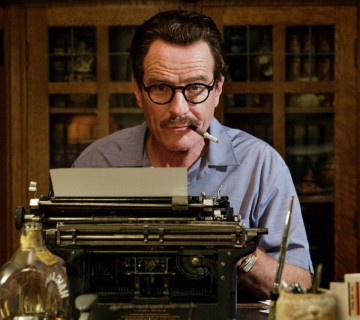

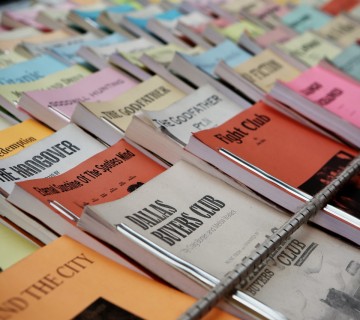
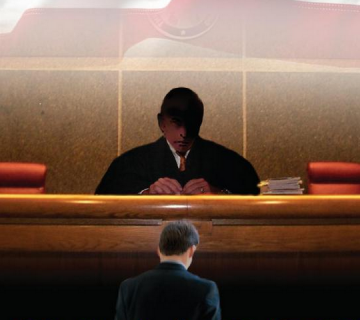

Heidi,
Great article! This is coming in handy for my own plotting, and I just found you today!
That being said, there’s a mistake in this article: Neo takes the RED pill, not the blue one. The blue one, as Morpheus says, means “the story ends, you wake up in your bed and believe what you want to believe.” It would be a much shorter movie if he had taken that one!